Iconic Club Flyer Designers Airline Industries: Interview with Paul Miller
From the late nineties to early 2000s, the timeless work of Washington DC-based design studio Airline Industries set a new bar for nightlife graphics
When the subject of this interview sent some of his much-lauded design work from the late 1990s and early 2000s to me via WeTransfer, his note read, “Thankfully, I backed up these files years ago.” Thankfully is right. It was another reminder that the preservation of our culture, its safety, and its permanence cannot be taken for granted. The truth is no historical record is guaranteed, and aside from acts of Congress or federal law, the responsibility of documenting history—especially where esoteric or underground scenes are concerned—usually falls to individuals. For those who care about culture, we must carefully manage our hard drives, mixtape collections, iPhone 4 pics, and CD-ROMs. Or somehow ensure they reach the people who will.
As a designer, including for early rave and club flyers, along with hundreds of pages of URB, I’ve always paid particular attention to the work of other 2D creators. When it comes to the groundbreaking aesthetic of Washington DC-based Airline Industries (its initials AI now seem oddly prescient), my admiration borders on gushing. Louis Paul Miller, Todd Baldwin, and later Akira Takahashi established what I’d argue was the high water mark for club scene graphics until they disbanded in 2001. Their designs, lush, futuristic, and sophisticated, seemed to be a game of visual chess, while most rave flyers settled for checkers.
After my recent Drum & Bass Love Letter post, which featured Miller’s work on the Altered States of Drum & Bass cover art in 1999, I was inspired to revisit my appreciation for Airline Industries. Around the same time as Altered States, Miller, and Airline would design the cover of URB’s The Future issue, which incorporated Chris Cunningham’s video imagery from Björk’s “All is Full of Love.” Now living and working as a designer and creative director in San Francisco, Miller was happy to reflect back on the vibrant scene that inspired Airline’s work.
As I looked at the JPEGs from his archive, the designs still felt remarkably relevant, just as they did two decades ago. While the rave and club scene’s use of futuristic themes could feel a bit cliché at times, Airline's visual identities transcended that trope. Featuring complex layering, robotic insects, manga characters, and elegant san-serif typography, they manage to capture both the essence of the turn of the century and possess an enduring quality. Above all, the work prioritizes exceptional design over fleeting trends, lending significance and reverence to DC-area club nights that could have easily blended into the larger club culture.
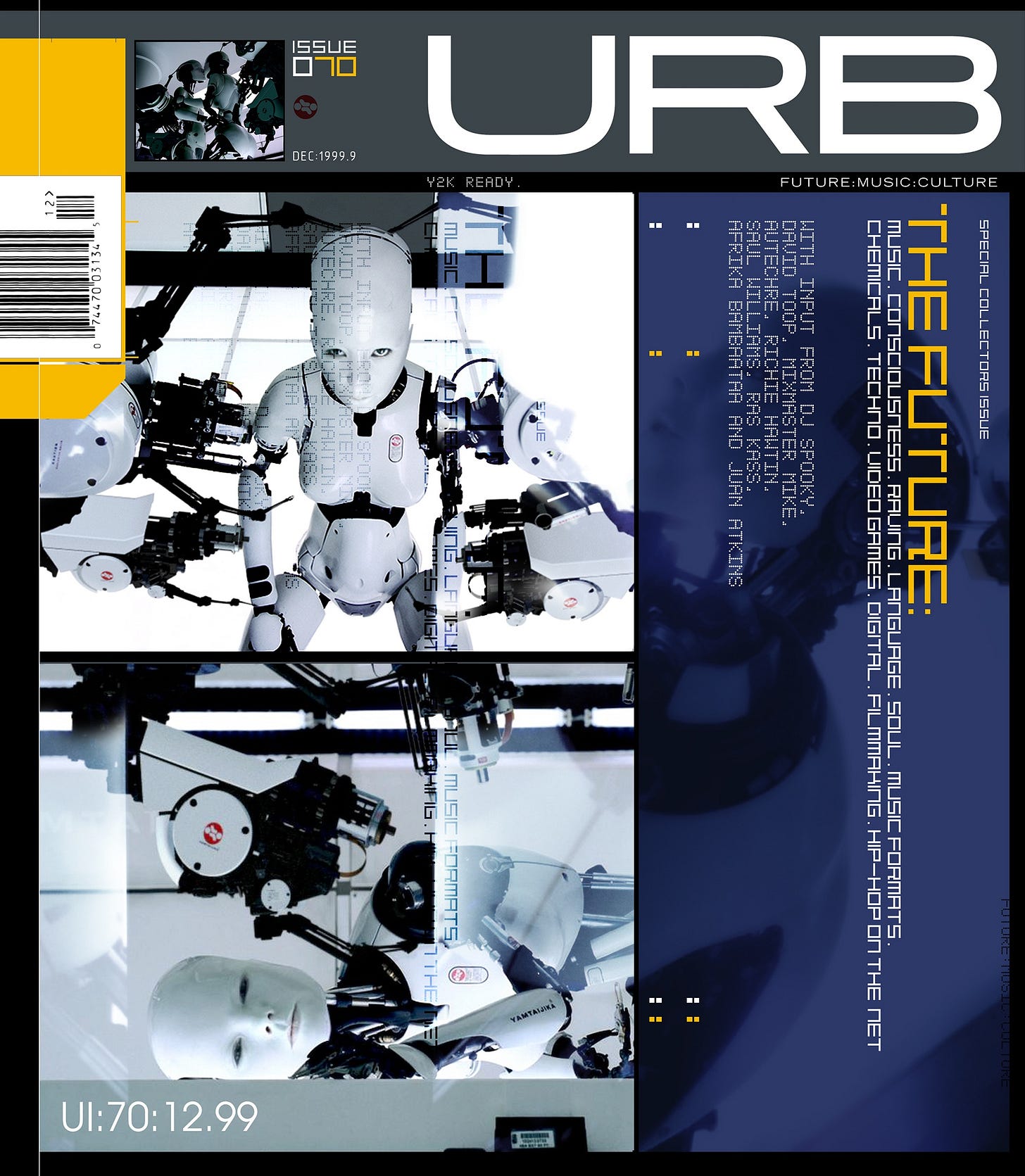
Raymond Roker: How did you start in design?
Paul Miller: I attended VCU [Virginia Commonwealth University] School of the Arts and got a BFA in Comm nications Arts and Design. During my foundational years, I was heavily inspired by art and design done for record labels—mainly the work of Vaughan Oliver and Peter Savi le.
How and why did Airline Industries form?
Airline Industries was founded by myself and Todd Baldwin in 1996. Akira Takahashi joined soon after, and the three of us began designing identities, club flyers, album covers, and more until we went our separate ways in 2001. Todd tragically passed away in 2005. Airline's inception was a direct response to the need to experiment and simply have fun designing for friends in the music and entertainment industry.
Did you intentionally start working on club flyers? What was your introduction to that scene?
We got our start designing club flyers for our friends at Buzz in DC in '97—a huge weekly nightclub event held at the Capital Ballroom. We had always enjoyed designing club flyers—they were “fast design,” a reprieve from the "serious" design work we had to do for clients during the day. Flyers could be these small bursts of inspiration or experimentation—printed and then disposed of. I feel that all through the 90s, club flyers were these small tokens that captured so much about the underground music, arts, and fashion scenes. We just inadvertently collected them constantly because, well, the web or social media hadn't quite developed yet.
What inspired the work for Buzz/Sting in particular? Tell me how that process began with them.
If I remember correctly, Todd and I approached [Buzz/Sting cofounders Scott and Lieven. We were pretty sure they could use our help, and we were really hungry to do fun stuff for a cool category. They let us do whatever we wanted, so that drove us to experiment. Most of the time, we would start designing a flyer a night or two before it had to go to print (with the exception of a few). We were all working design jobs during the day, so most of the work AI did was done nights and weekends. We had a great printer n Maryland at the time that was printing for Scott and Lieven. The final print quality was instrumental in what we were doing since there was so much detail and color in the work.
What was the DC scene like in those d ys?
DC had a great music scene then. It was a melting pot of music from post-punk, indie, go-go, hip-hop, house, techno, lounge, etc. I have to say I think Buzz/Sting put DC on the dance/techno nightclub map. Buzz became known globally, and Airline was happy to play a part in that visual notoriety.
“There was a need to disconnect from the traditional graphic design industry at the time and really look to how technology was creating new tools and methods by which to design.”
—Paul Miller, Airline Industries
“The electronic music scene kept us motivated and inspired for sure.”
—Paul Miller, Airline Industries
What inspirations led to your design approaches?
Everything—film, music, fashion, and fine art. For me, there was a need to disconnect from the traditional graphic design industry at the time and look to how technology was creating new tools and methods to design. I loved the idea of deconstructing type, elements, and image—the tools allowed us to manipulate anything.
There was such a high bar set for Arline designs; how did you continue to innovate?
I'd say it was simply the need to design cool shit and always have fun. It sure wasn't the money! The electronic music scene kept us motivated and inspired for sure. At the time, music labels like Warp, Ninja Tune, MoWax, etc., were keeping our ears fed. We also influenced and pushed each other—we had a great time collaborating on projects together—feeding off the other’s skills and ideas. It was a good time.
Your designs were such a departure from the candy rave look of the day. More European or Japanese influenced, it seemed.
For me, Japanese anime and architecture always crept into some of my work, and it was not until Akira joined did I learn just how bad my Japanese type skills were. Everything we tried to translate or use in Japanese before Akira joined was wrong! For Todd and I, we both studied design at VCU—a lot of the Swiss graphic design sensibilities were prevalent during that time, so maybe a little of that euro step crept in there.
What were your tools like 25 years ago?
Oh man, I was joking about this the other day—what it took to get the images or processes we wanted on a flyer—I remember screen-capturing DVDs and scanning magazines to get images of films like THX-1138 or Architecture by Future Systems on a flyer. Now you can acquire just about any image you want on the web, high rez. The tools now make it pretty effortless to quickly create amazing imagery.
Talk about some of the events you designed for and what made them special. Did you all attend them?
Akira, Todd, and myself designed flyers for Buzz up until like 2001. We attended quite a few events there—a few of my most memorable Buzz moments would be sitting in the corner of the booth watching Richie Hawtin sequence his F.U. track live, hanging with Mixmaster Morris in the trailer, watching sets by Coldcut, Metalheadz, and LTJ Bukem, Amon Tobin dropping Chomp Samba live—so many great moments. I also designed flyers for Cloudwatch, a much smaller venue at Johns Hopkins. The acts that [DJ Lovegrove, co-founder of CloudWatch°] booked for that event were absolutely amazing—Autechre literally had the ceiling crumbling with playing their track Second Bad Vilbel—epic.
What are you working on today?
I moved to San Francisco and started a family. I've worked for design agencies such as The Attik, Method, and Character, specializing in integrated brand, product, and service design experiences for clients such as Adidas, Adobe, EA, and SONOS, to name a few. It's been amazing, actually. Most recently, though, I've joined a close friend here in SF at a stealth startup called Humane. It's next level.
THANK YOU for reading and supporting this channel. If you like what I’m creating here, it really helps when you like, comment, or share. And, of course, please subscribe for free or consider becoming a paying member.






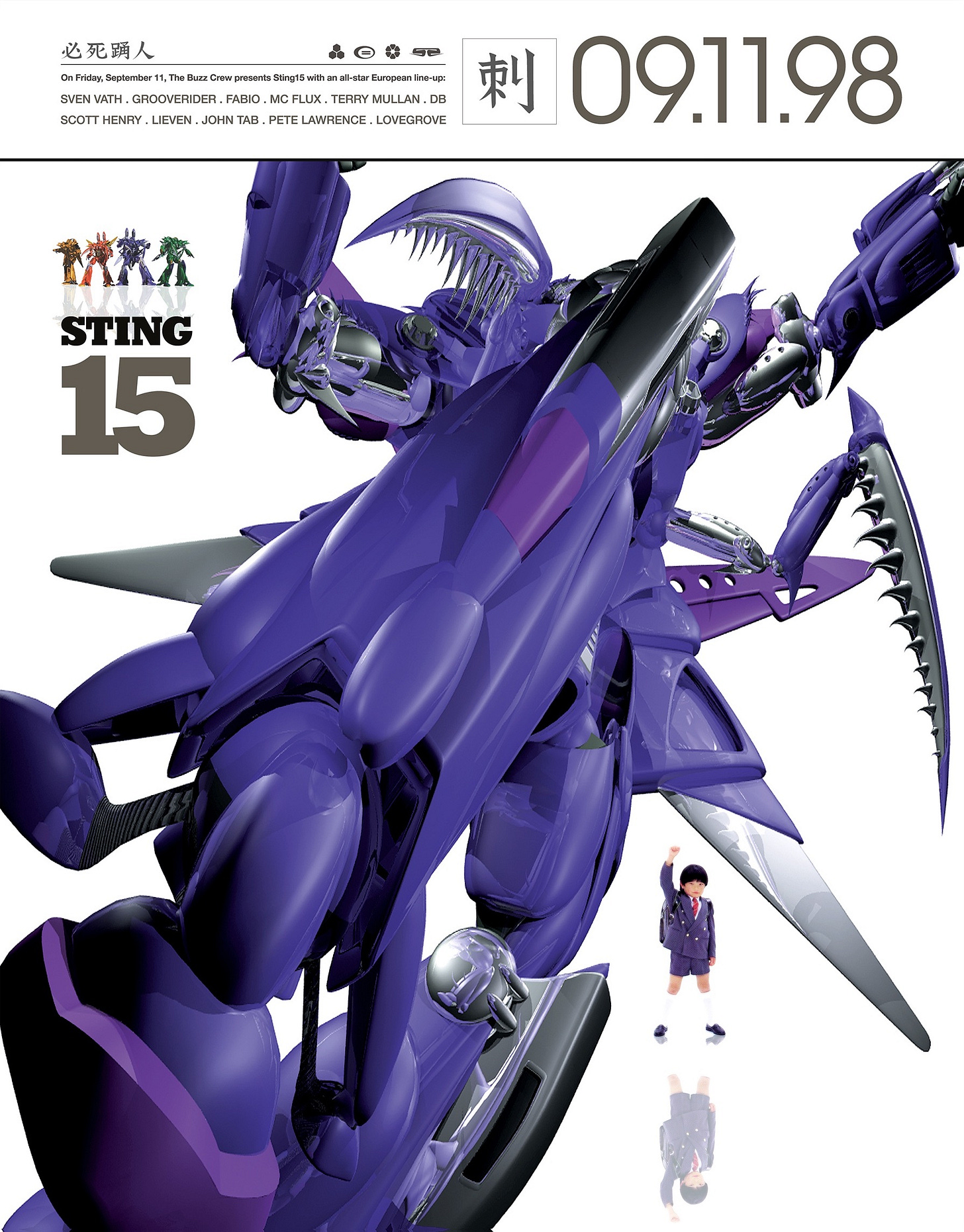

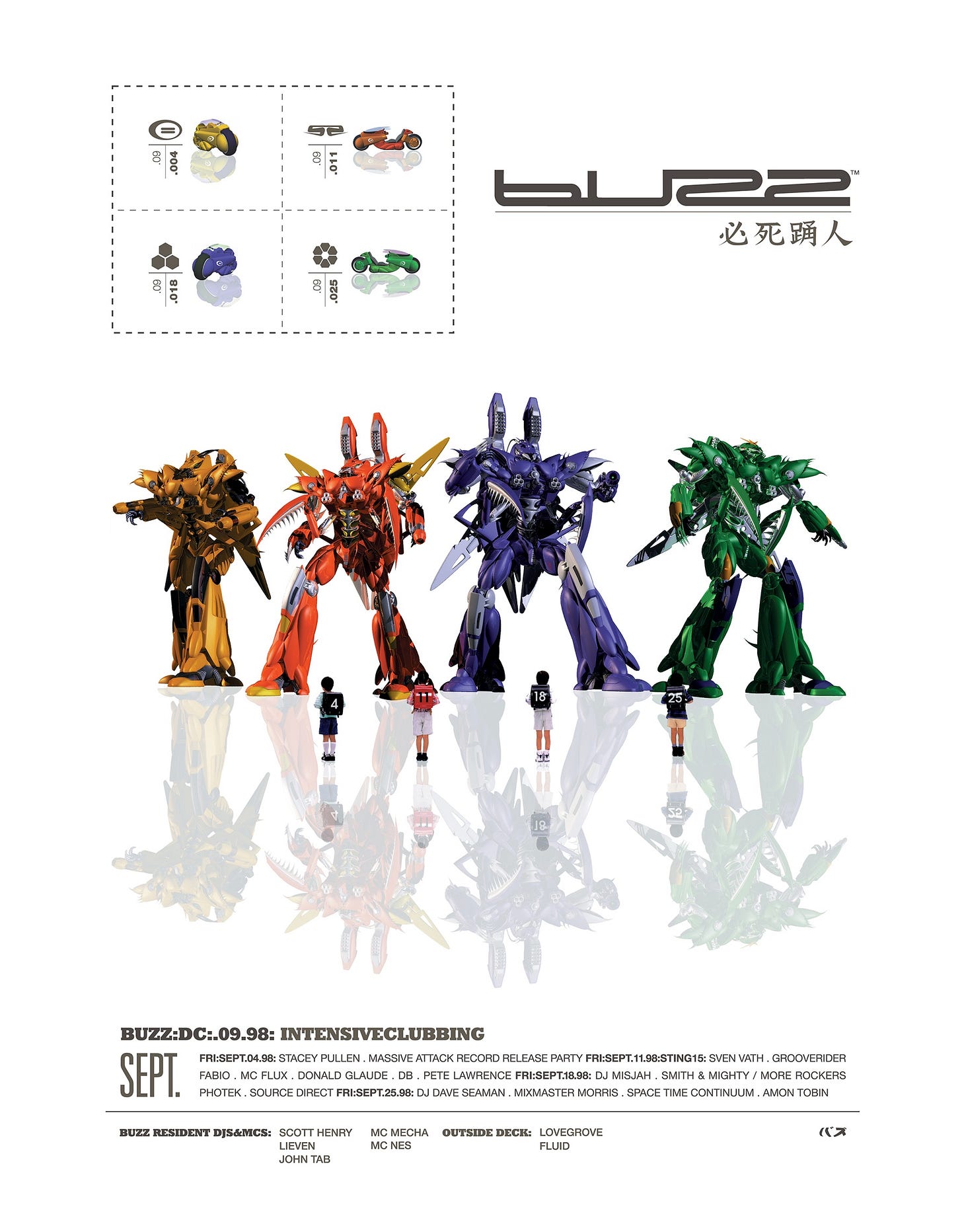
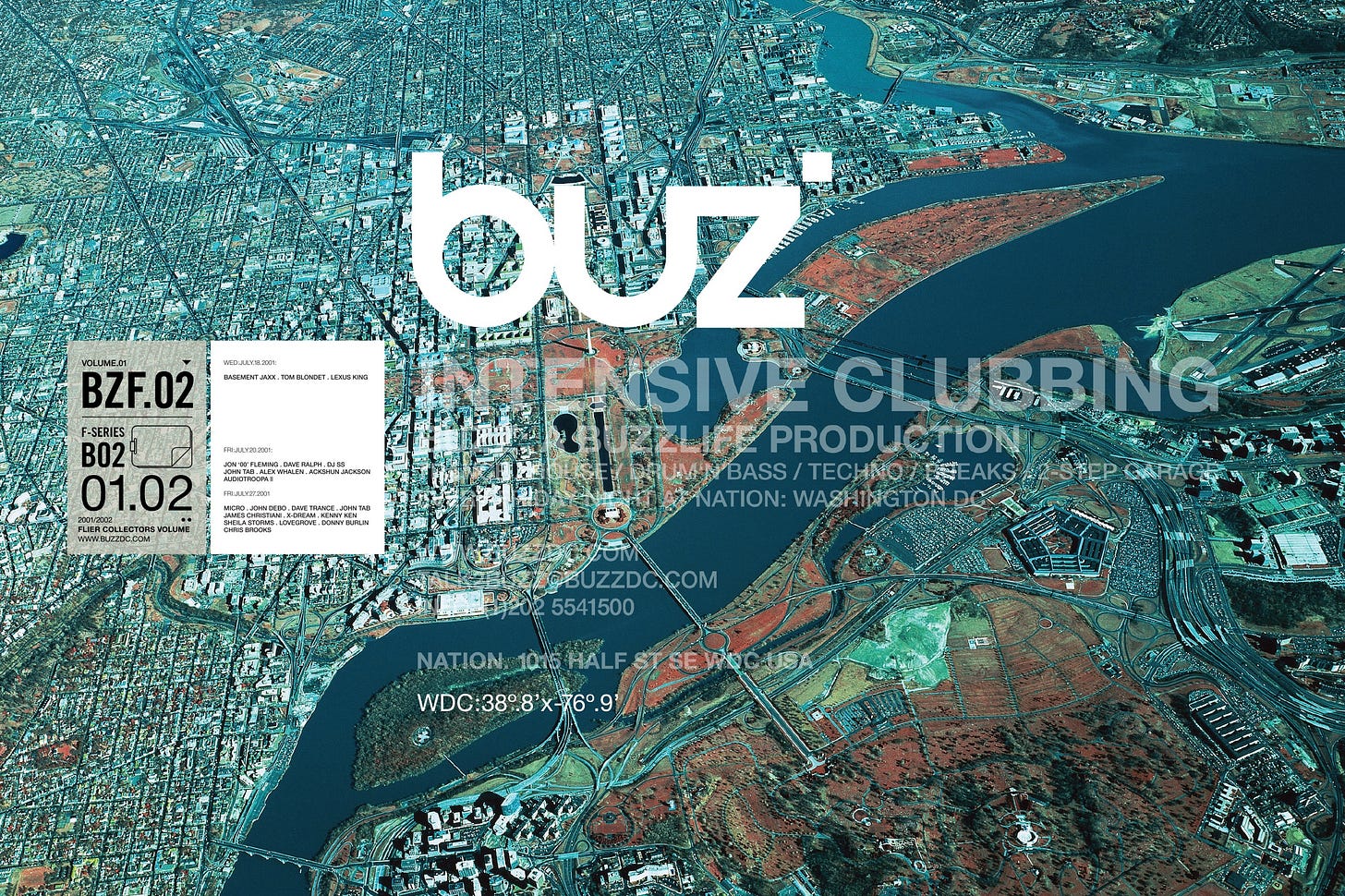
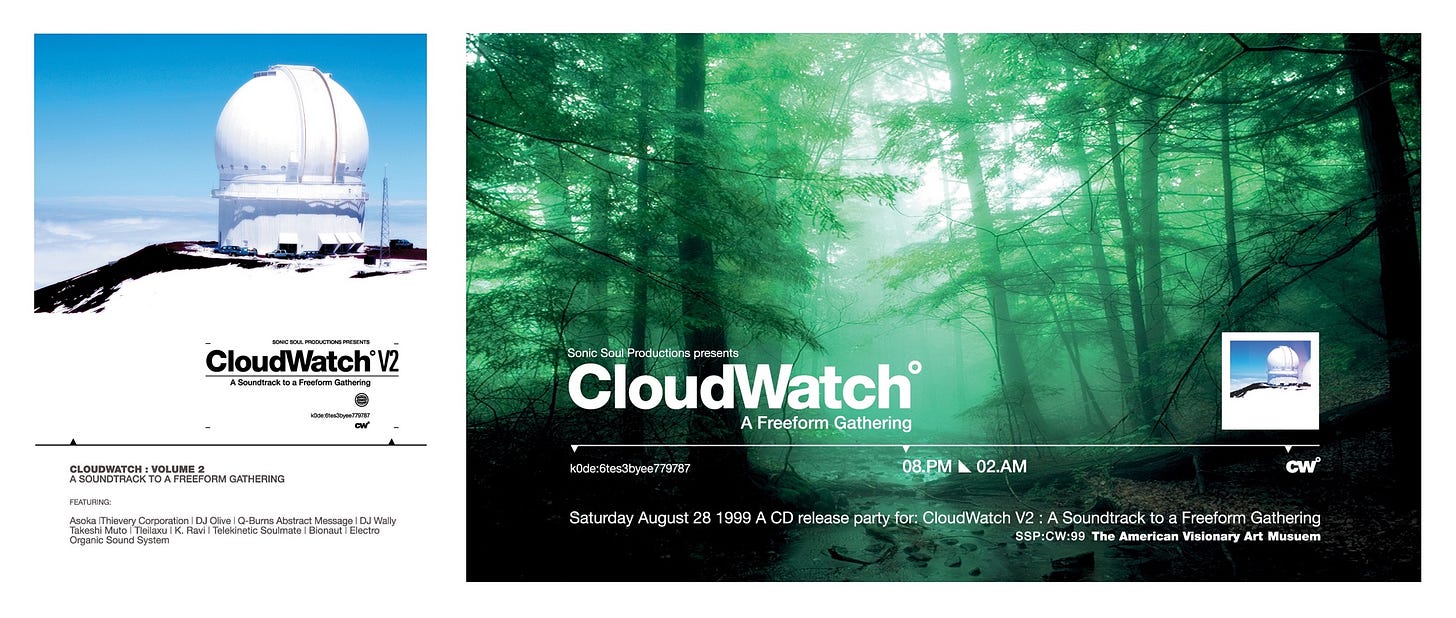
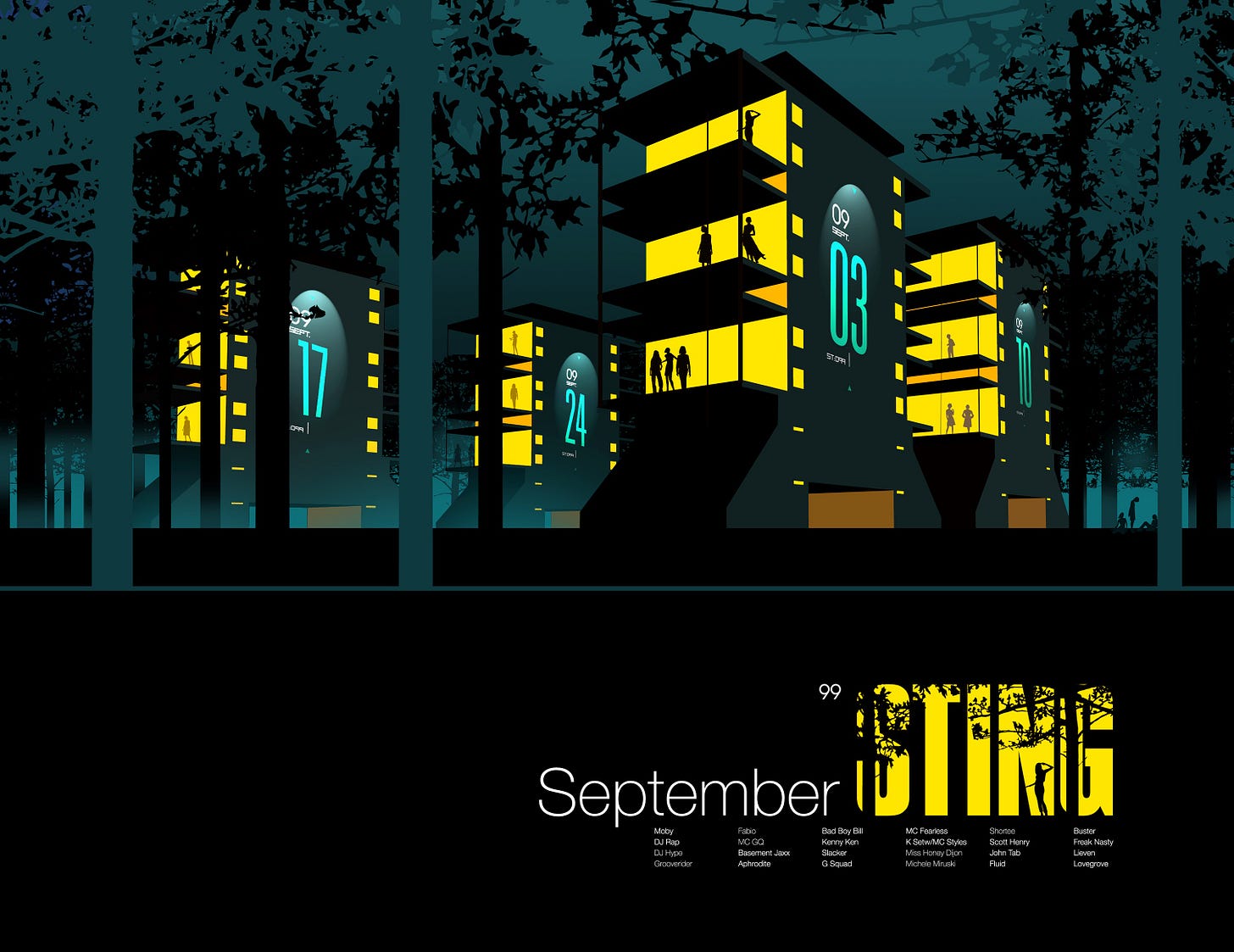
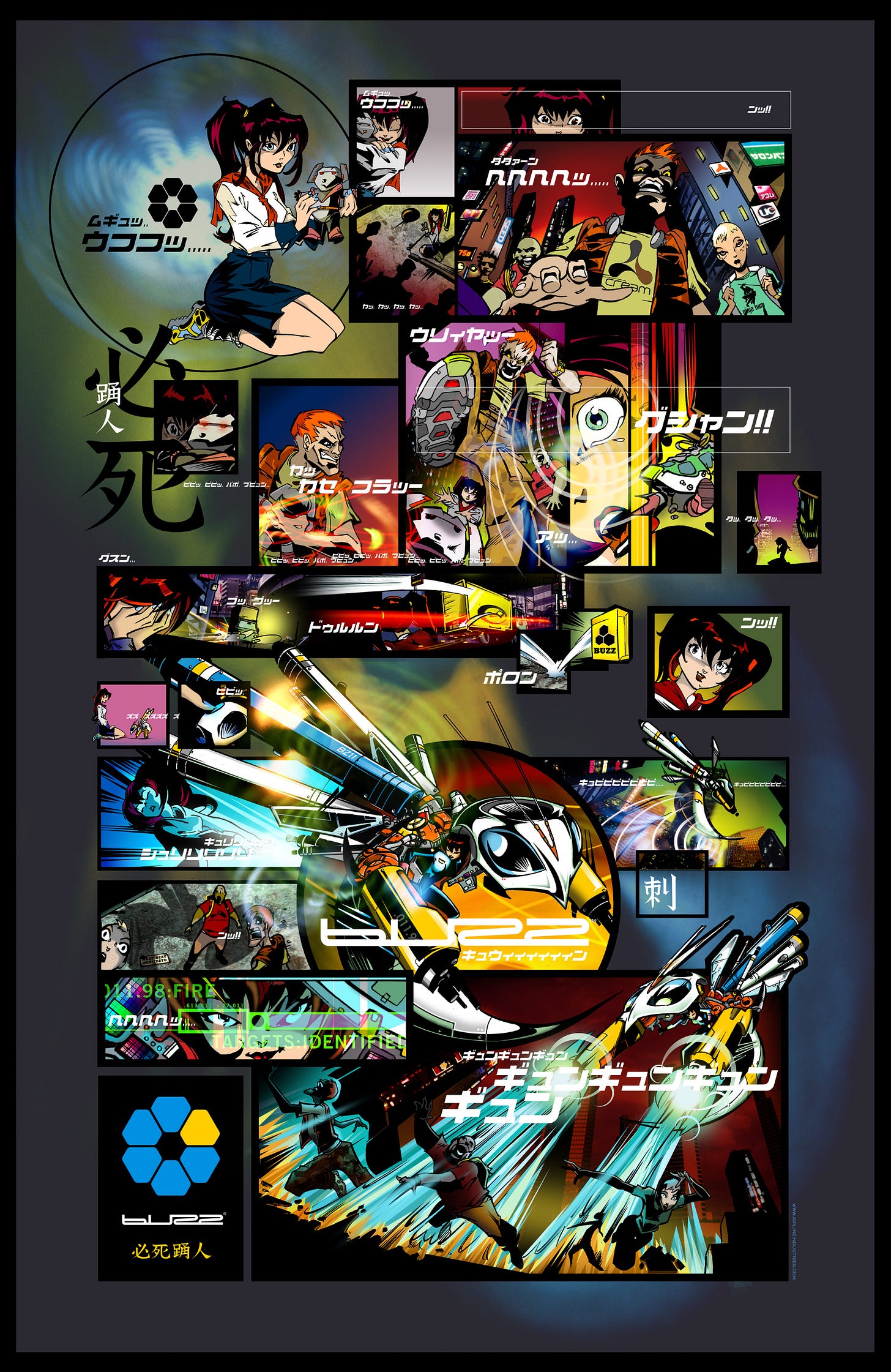

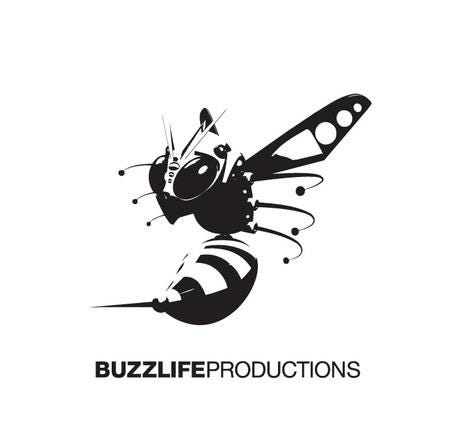
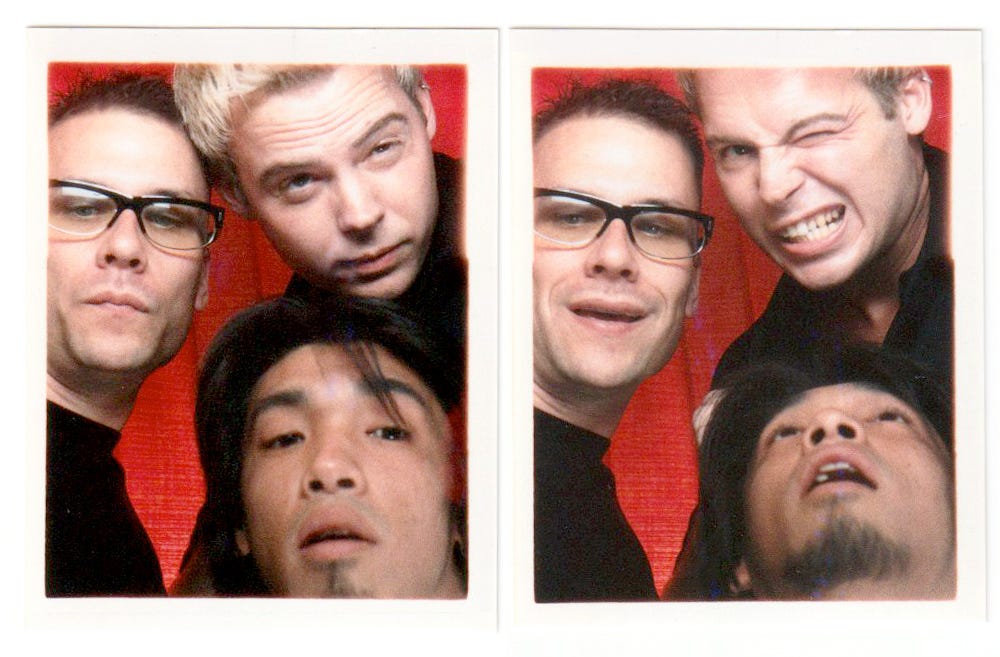
It was an honor to have my name on one of these flyers, even if it was once.
Fuck!!! What a great surprise! I have pretty much a stack of these in a box somewhere. Living in DC these were such a highlight to grab, and each new one was a treat. As well as the Buzz nights at Capitol Ballroom. Just make a book of the entire Buzz experience!! Looking at you Scott Henry Kickstarter that!!!